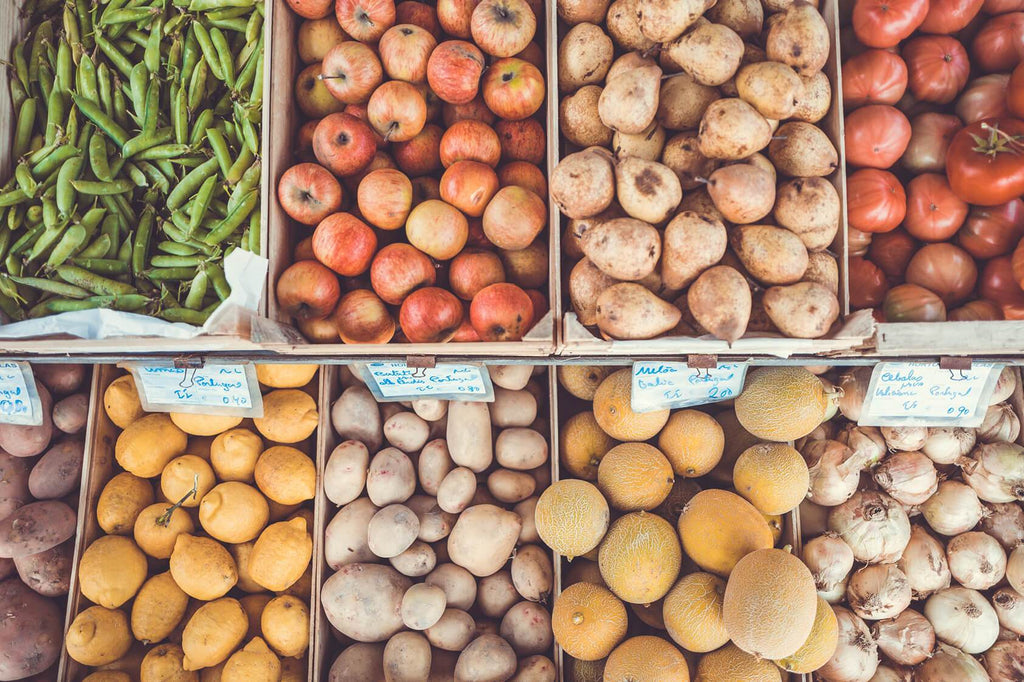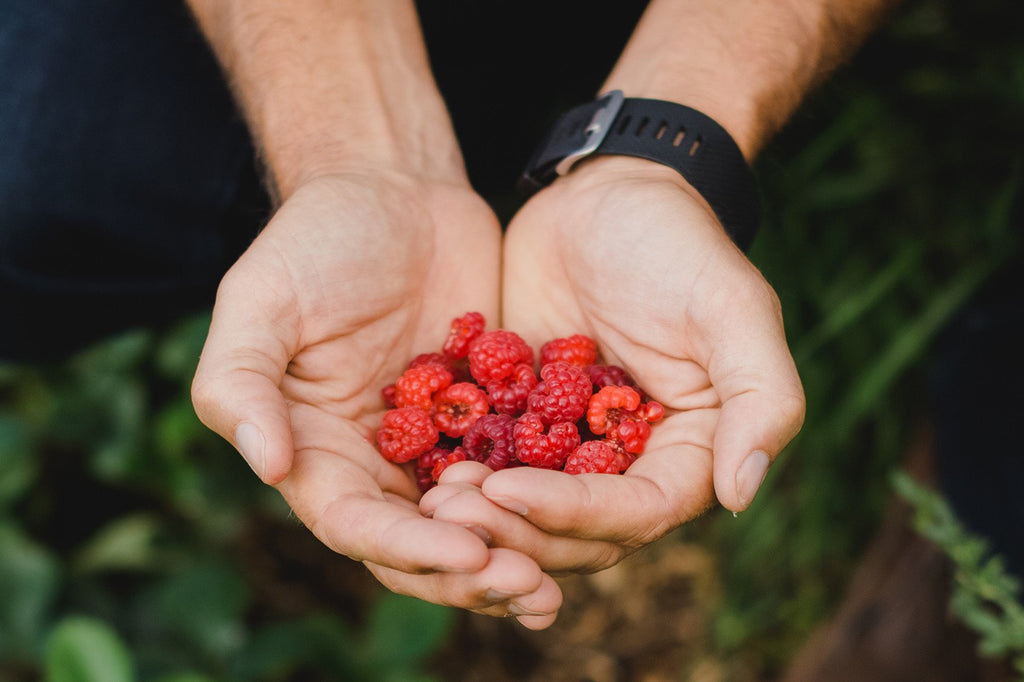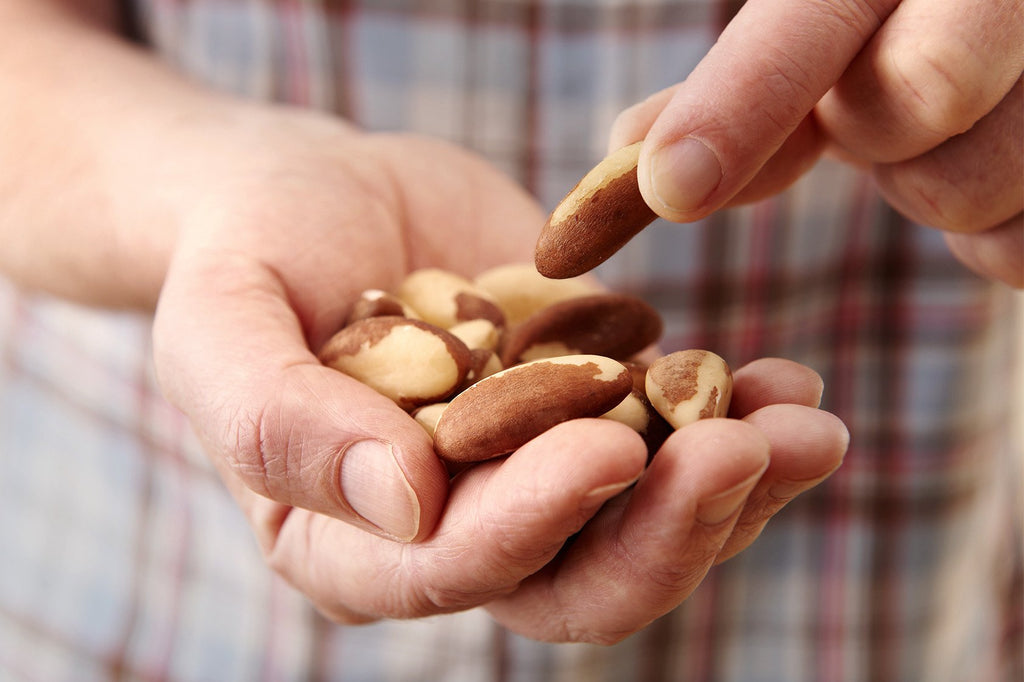
Many Kiwis are taking part of junk free June and some of them, like Bex West are creating healthy eating campaigns and raising money. This is great! However, while it's easy to recognise junk food – like chocolate bars and ice creams – and remove them from your diet, it can be much harder to recongnise sugar.
Recently the World Health Organisation (WHO) findings have confirmed what we all knew - we're eating far too much sugar.
Kiwi's are consuming, on average, 37 teaspoons of the stuff daily! That's 31 teaspoons over the amount recommended by the WHO, and about 34 teaspoons over the amount I recommend.
In this article, I'll be discussing sugar in all its forms, where it's hidden and what it really does to your body - and of course, how you can avoid those nasty cravings and cut back on the sweet stuff.
Why we crave it and how to reduce it
I think we all know how addictive sugar can be, but there's more to this sugar addiction than you think. Eating sugar triggers the release of opioids in the brain, this makes you feel good and want more and more sugar.
"Eating sugar triggers the release of opioids in the brain, this makes you feel good and want more and more sugar."
Your cravings can also be caused by many other reasons. Two that we commonly see at the Havelock North and Auckland BePure Clinics are as a result of a micronutrient deficiency or due to an overgrowth of candida in your gut which feeds off sugar.
Candida is a form of yeast bacteria and has no health benefits whatsoever. When you do cut your sugar intake, be wary of the 'die off' period which can cause various symptoms such as nausea and headaches. Keep at it though, the symptoms will only last 4-7 days - pretty soon you'll be feeling better!
If you're thinking about reducing sugar in your diet, read our blog post '6 tips to reduce sugar easily and gently.'
What about artificial sweeteners?

Artificial sweetener is the worst kind of 'sugar' you can consume, even worse than white processed sugar!
"Artificial sweetener is the worst kind of 'sugar' you can consume, even worse than white processed sugar!"
Packed into soft drinks and various other foods and marketed as a dieting aid, artificial sweetener increases your risk of developing Type 2 diabetes in the same way sugar does.
My advice is to stay as far away as possible from artificial sweeteners. You won't be gaining any benefits and will only be adding unnecessary chemicals to your diet.
What are the sweetest options?

I'd prefer you to cut down on all sugars, regardless of how 'good' they are, but it's important to know what options you have if you really need something sweet.
As I've said, artificial sweetener is the absolute worst and you should stay away from this at all costs. Next is refined sugar. It's not quite as bad as the artificial sweetener but contains absolutely no nutritional content and is still terrible for your health.
"Your best option is blackstrap molasses. This is packed full of minerals and much better for you."
Raw sugar is a slightly better option, but better still are natural sweeteners like natural maple syrup and honey. Ensure your maple syrup isn't the synthetic 'flavoured' kind though, because this hasn't got the mineral content that natural maple syrup has. Honey should be as unprocessed as possible, try to find a good raw honey so as to not miss out on the health benefits!
Your best option is blackstrap molasses. This is packed full of minerals and much better for you.
How much sugar is in this average kiwi breakfast?

When it comes to reducing sugar in your diet, it's all well and good to stop putting sugar in your coffee, but what about all the hidden sugar in our food that we DON'T know about.
"Make sure you read those packets and stick to whole foods with low GI's where possible."
The breakfast pictured above is a classic in many households and it contains a whopping 51.2 grams of sugar! That's 8.5 times the amount the WHO's recommendation of your daily sugar intake – in one hit.
Make sure you read those packets and stick to whole foods with low GI's where possible. This will help to help reduce the risk of developing diseases like Type 2 diabetes.
Sneaky, sneaky sugar
Have you ever flipped over a packet and read the ingredients list? Here's a good thing to remember the next time you do this – the ingredient with the highest quantity in that food product is listed first.
Often you'll see things like 'wheat flour', which metabolises into sugar in the body, or maltose, dextrose or any other word ending in -"ose", which all end up meaning the same thing - SUGAR.
"When reading ingredient lists the ingredient with the highest quantity in that food product is listed first."
By naming it in its various forms, companies avoid having the word 'sugar' too high on the ingredients list! It's no wonder we consume too much.
Try to stick to whole foods where possible, but if you find yourself needing a quick snack on the go, make sure you read the ingredients list and stay away from the -"ose."
What to drink?
Here's a fun question, how much sugar do you think is in this spirulina smoothie – a beverage that many people would consider a 'healthy' option.
BePure Alkalising Madness Smoothie

INGREDIENTS
- ½ cucumber, chopped small or grated
- 1 pear, chopped small or grated
- 1 kiwi fruit
- 1 stick of celery
- 2 large kale leaves, roughly chopped
- 6-8 leaves of mint
- Knob of ginger
- Juice of 1 lemon
- Enough water to blend ingredients to the desired consistency.
Directions
- Place all ingredients in a blender and blend until smooth.
If you're doing Junk Free June or just struggling with reducing sugar from your diet let us know if our BePure Facebook Community. This is a great resource to support and help you through your health journey.






